Archives
- 2025-11
- 2025-10
- 2025-09
- 2025-03
- 2025-02
- 2025-01
- 2024-12
- 2024-11
- 2024-10
- 2024-09
- 2024-08
- 2024-07
- 2024-06
- 2024-05
- 2024-04
- 2024-03
- 2024-02
- 2024-01
- 2023-12
- 2023-11
- 2023-10
- 2023-09
- 2023-08
- 2023-06
- 2023-05
- 2023-04
- 2023-03
- 2023-02
- 2023-01
- 2022-12
- 2022-11
- 2022-10
- 2022-09
- 2022-08
- 2022-07
- 2022-06
- 2022-05
- 2022-04
- 2022-03
- 2022-02
- 2022-01
- 2021-12
- 2021-11
- 2021-10
- 2021-09
- 2021-08
- 2021-07
- 2021-06
- 2021-05
- 2021-04
- 2021-03
- 2021-02
- 2021-01
- 2020-12
- 2020-11
- 2020-10
- 2020-09
- 2020-08
- 2020-07
- 2020-06
- 2020-05
- 2020-04
- 2020-03
- 2020-02
- 2020-01
- 2019-12
- 2019-11
- 2019-10
- 2019-09
- 2019-08
- 2019-07
- 2019-06
- 2019-05
- 2019-04
- 2018-07
-
Elevated expression of Aurora A and
2023-08-30
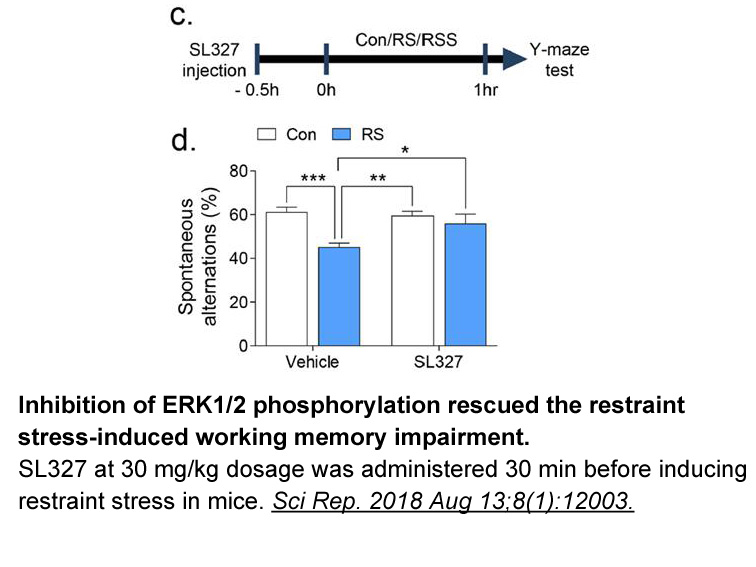
Elevated expression of Aurora-A and -B frequently detected in a wide variety of human cancers strongly indicate that high expression of these kinases play roles in the development of cancer associated phenotypes. While Aurora-A has been shown to function as an oncogene when over expressed in mammali
-
In vascular endothelial cells L arginine produces nitric oxi
2023-08-30
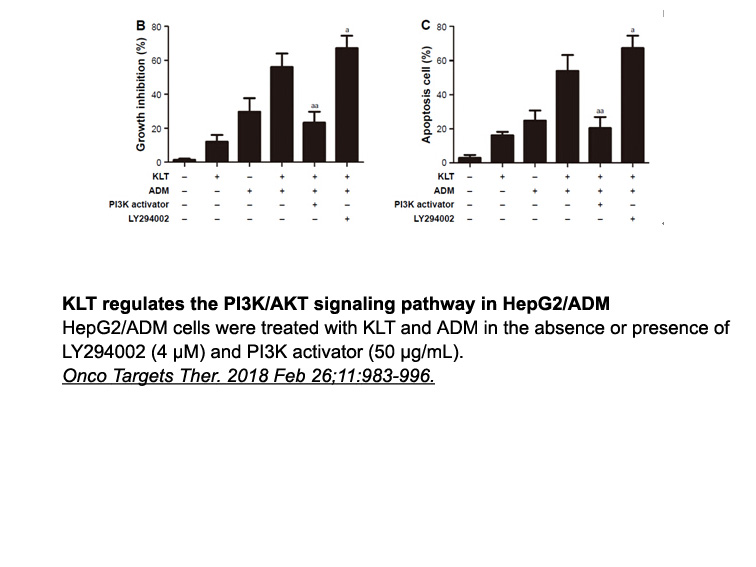
In vascular endothelial cells, L-arginine produces nitric oxide (NO) under the action of nitric oxide synthase (NOS), and nitric oxide can activate guanylate cyclase to produce a large amount of cGMP, thereby relaxing vascular smooth muscle and expanding blood vessels. Numerous studies have confirme
-
br Abbreviations br Acknowledgements This work was supported
2023-08-30
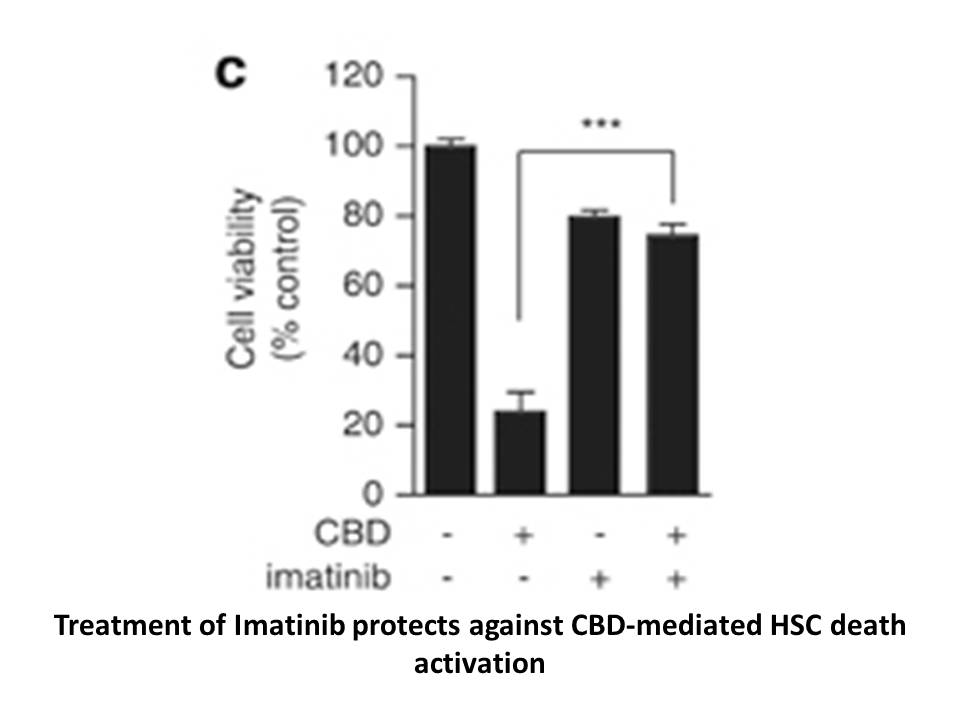
Abbreviations Acknowledgements This work was supported by grants from the National Institutes of Health (R01GM114168) and the Office of Naval Research (N000141210773) awarded to J.C·H and National Cancer Institute (5P30CA16059) Cancer Center Support Grant in support of Massey Cancer Center Pro
-
br Acknowledgment This study was supported by Japan Society
2023-08-30
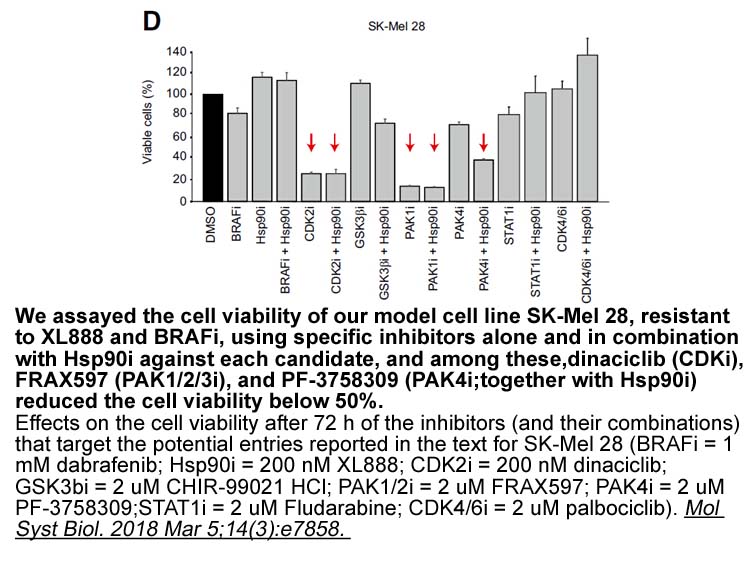
Acknowledgment This study was supported by Japan Society for the Promotion of Science Grants-in-Aid for Scientific Research (KAKENHI) [grant number 15K15031]. Introduction Glioma is the leading malignancy of astrocyte origin in the brain. The most aggressive, invasive, and destructive glioma
-
The transcription factor activator protein AP is a
2023-08-30

The transcription factor activator protein-1 (AP-1) is a redox-sensitive transcription factor whose activity is controlled by agents that perturb intracellular thiol concentrations [10,11]. AP-1 is mainly composed of Jun, Fos, and ATF protein dimers [12,13]. AP-1 mediates the regulation of numerous
-
Another interesting aspect of neutralizing
2023-08-30

Another interesting aspect of neutralizing AP-1 is the inhibition of interactions between AP-1 and Smad proteins, which synergize to activate the TGF-β1-responsive genes involved in hypertrophic growth of the heart muscle and in the development of cardiac fibrosis. Through preventing AP-1 activation
-
In addition understanding the relationship between
2023-08-30
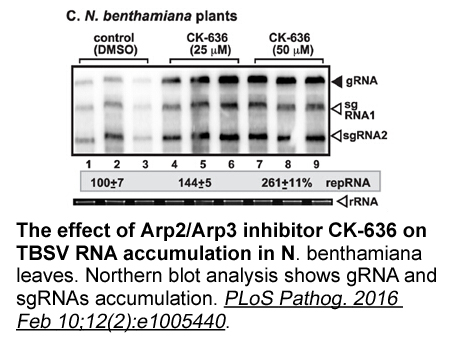
In addition, understanding the relationship between human metabolic processes and dietary antioxidant intake would provide opportunities for altering the diet to improve health (Prior, 2015). Prior et al. (2007) emphasized that excess reactive oxygen species, which occurred during the metabolism of
-
ampicillin sodium sale Recently AFF was used to convert an F
2023-08-30

Recently, AFF was used to convert an FN3-based binder specific to the Src homology 2 (SH2) domain of cAbl kinase into an allosterically regulated, intermolecular fluorescent switch (Figure 2D). Binding to cAbl kinase co-operatively stabilized the assembly of the FN3-based binder from two partial fra
-
Therefore VEGF and its receptors are expressed in different
2023-08-30
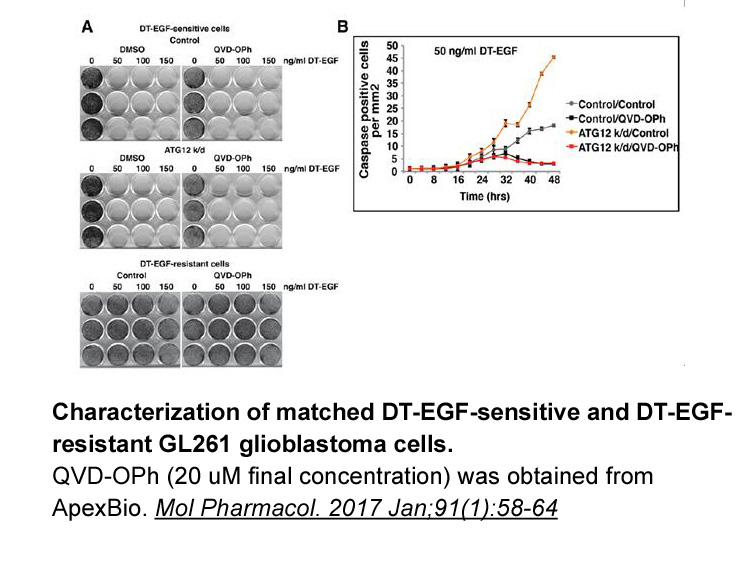
Therefore, VEGF and its receptors are expressed in different organs, including the kidneys, the liver and the Nemadectin sale [55]. In the human placenta, VEGF is mainly synthesized by cytotrophoblast and Hofbauer cells early in the first trimester, whereas Flk-1 and Flt-1 receptors are expressed t
-
Recently a Phase III study demonstrated that alectinib the
2023-08-30
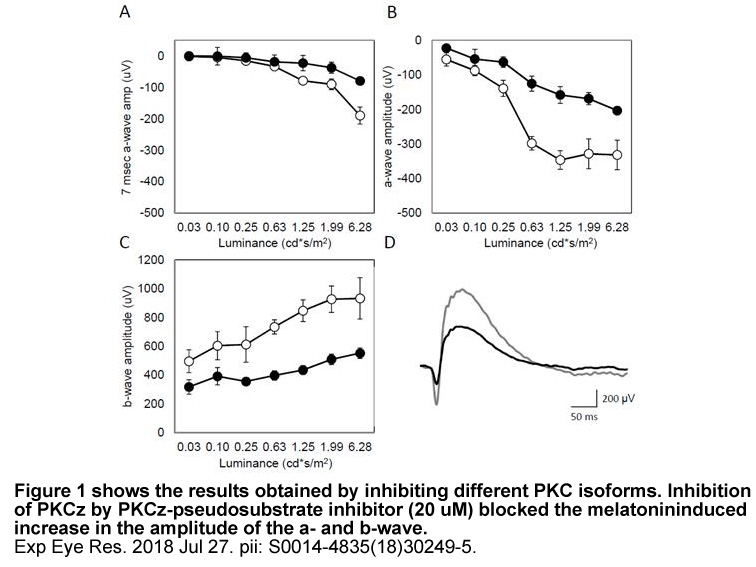
Recently, a Phase III study demonstrated that alectinib, the second-generation ALK inhibitor, might have a better response to ALK-rearrangement patients than crizotinib [10]. Should alectinib replace crizotinib as the frontline treatment for ALK-rearranged patients? Or should those patients be treat
-
As one of emerging high
2023-08-30
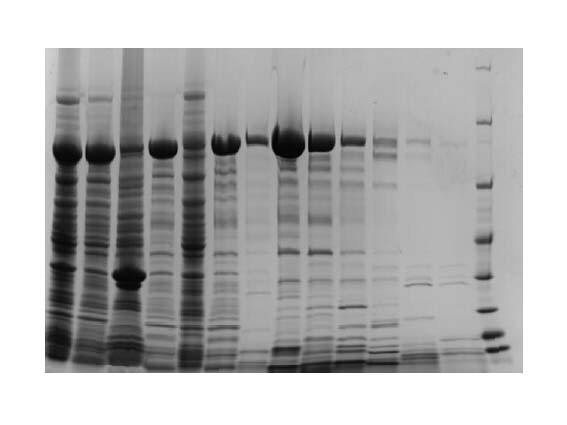
As one of emerging high-throughout methods, metabolomics detects metabolites which are ultimate response of biological systems to environmental changes [14]. Metabolomics uncovers metabolic alteration at the systems level. Comparison of global metabolic profiling reflects some unidentified biologica
-
In contrast to the beneficial treatment of skin inflammation
2023-08-30
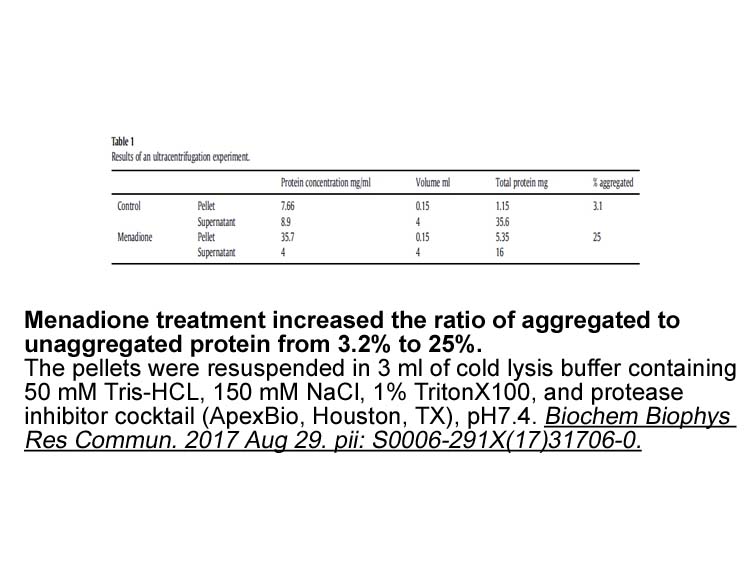
In contrast to the beneficial treatment of skin-inflammation with PAH containing coal tar, epidemiology showed that environmental pollution, containing AHR-activating PAH, lead to more eczema [80]. Of note, other epidemiological data suggested that Th17 cell polarization may be enhanced air pollutio
-
Introduction A defining feature of cancer
2023-08-30
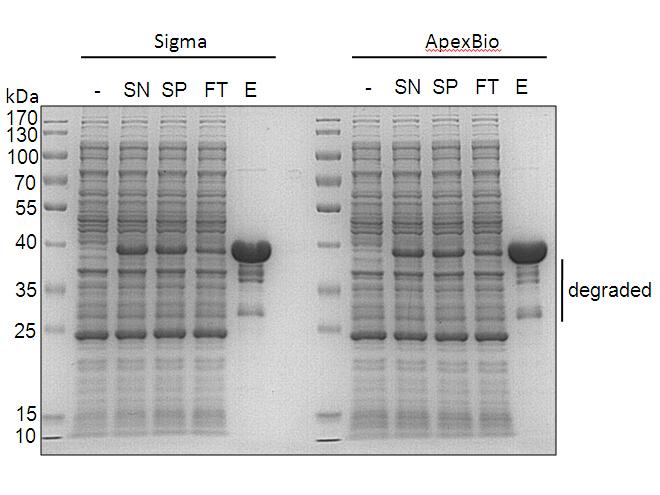
Introduction A defining feature of cancer cells is disruption of the normal controls of the cell cycle; a tumor suppressor or inhibitor may act by restricting progression of the cell cycle. P27 (also known as cyclin-dependent kinase inhibitor 1B, P27, or Kip1) is a putative cell-cycle inhibitor pro
-
Recent studies demonstrated that AHR has
2023-08-30

Recent studies demonstrated that AHR has an important role in the interplay between cancer metabolism and tumor-specific immunity. Tryptophan catabolism is increasingly recognized as a metabolic pathway that promotes tumorigenesis through its role in immune suppression [75]. The rate-limiting enzyme
-
Adenosine is a ubiquitous homeostatic substance released fro
2023-08-29
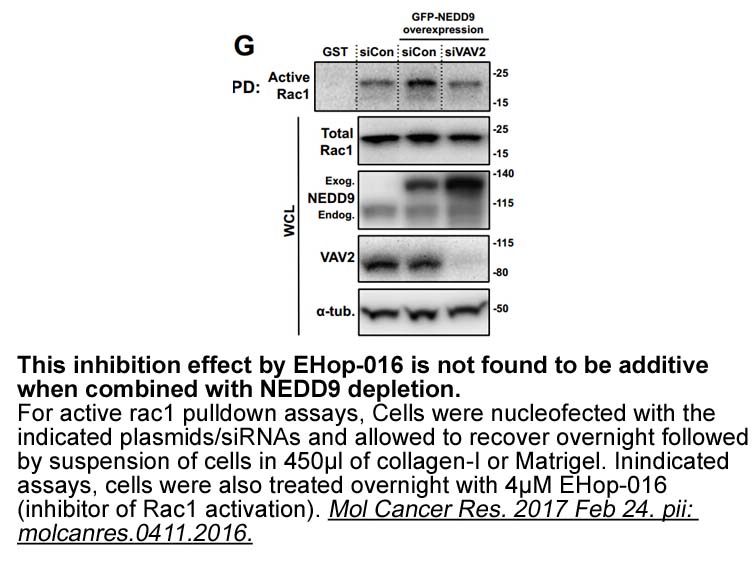
Adenosine is a ubiquitous homeostatic substance released from most cells, including neurons and glias. Endogenous adenosine acts at four principal G-protein-associated receptor subtypes: A1, A2a, A2b and A3 (Ralevic and Burnstock, 1998). The stimulation of adenosine receptors by extracellular adenos
15355 records 284/1024 page Previous Next First page 上5页 281282283284285 下5页 Last page